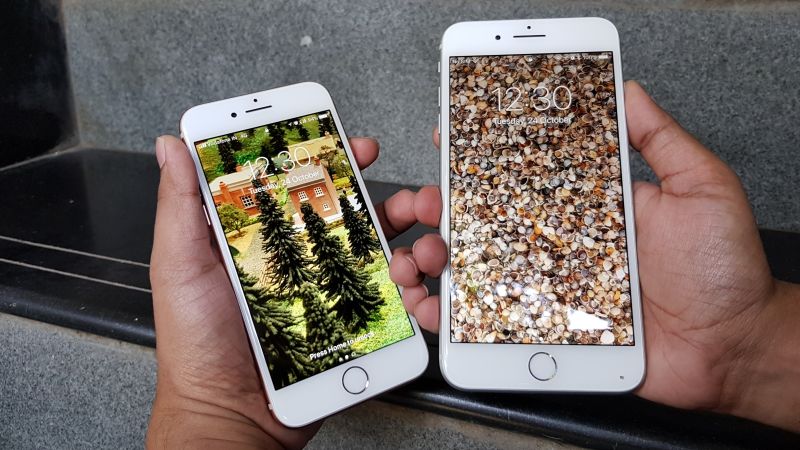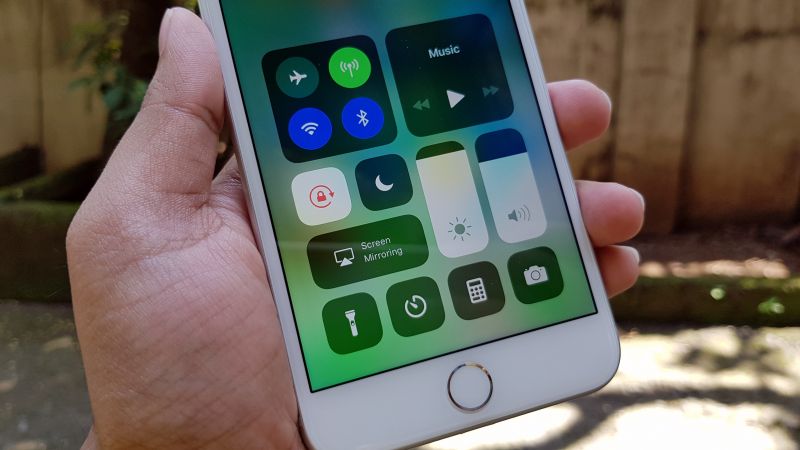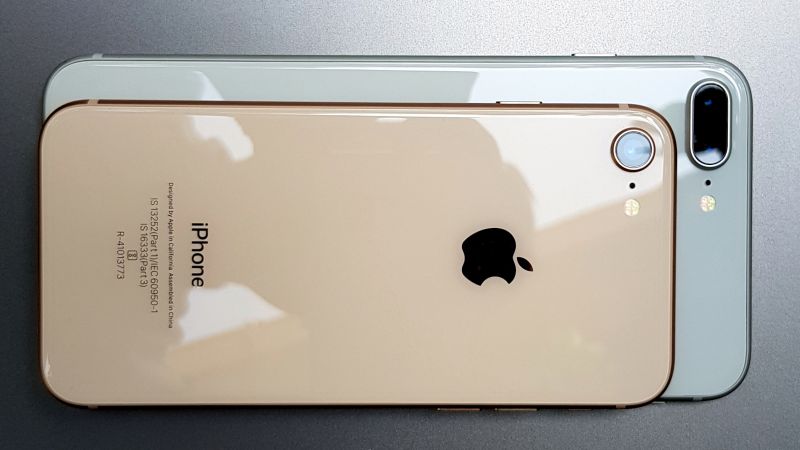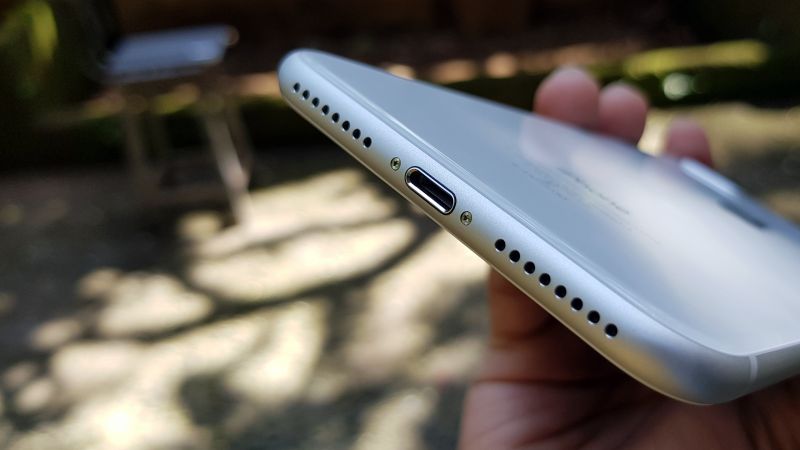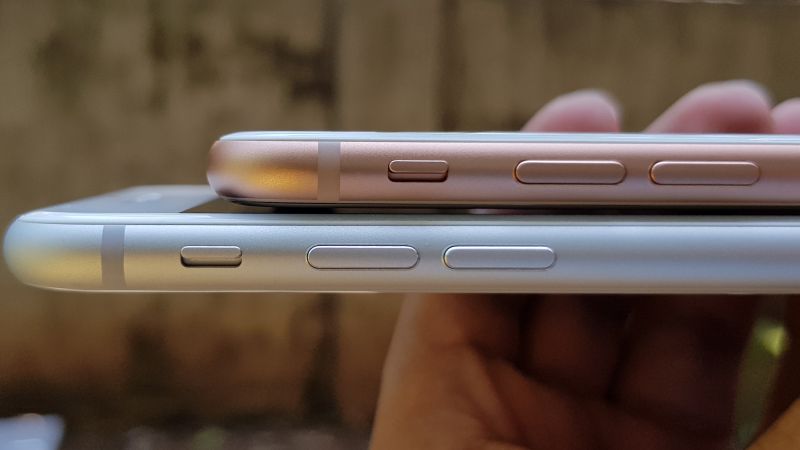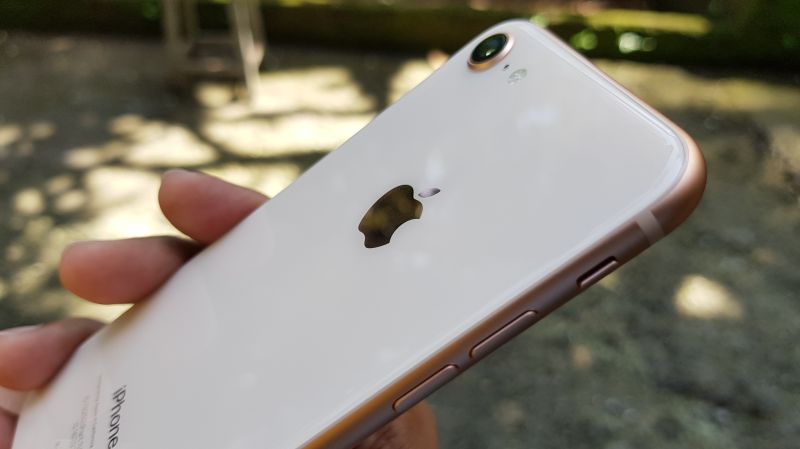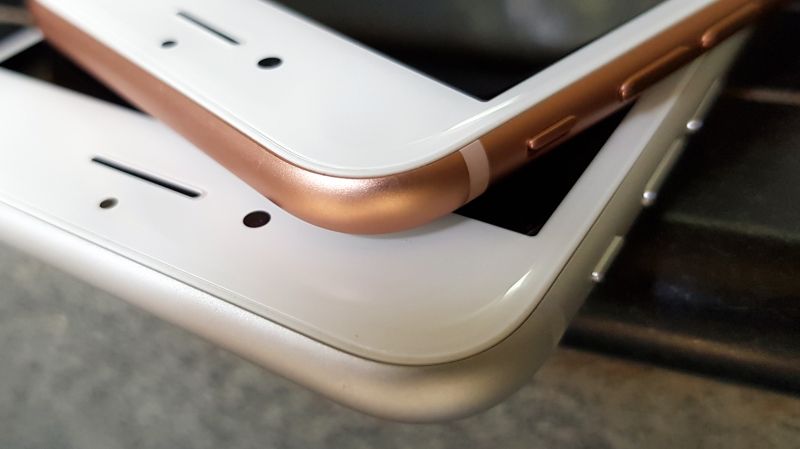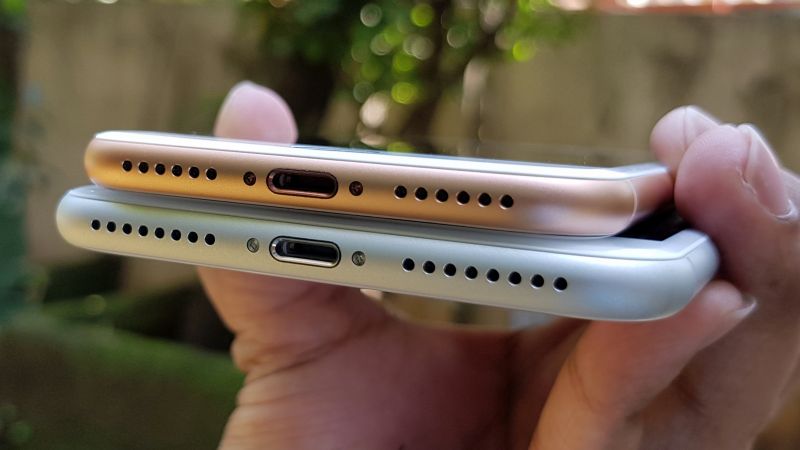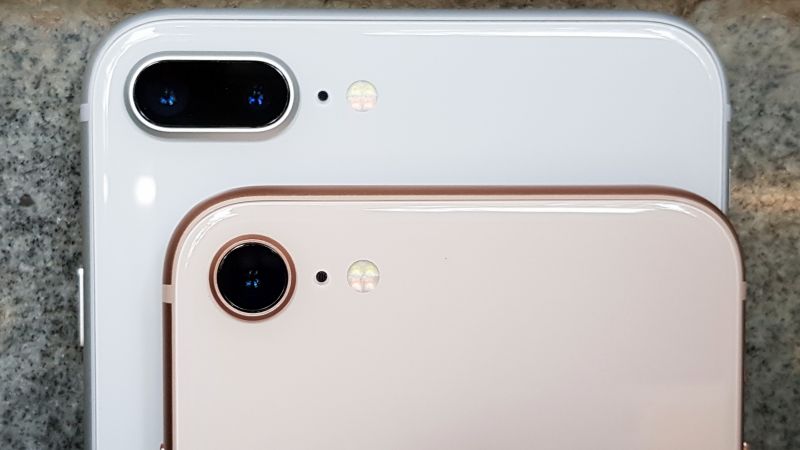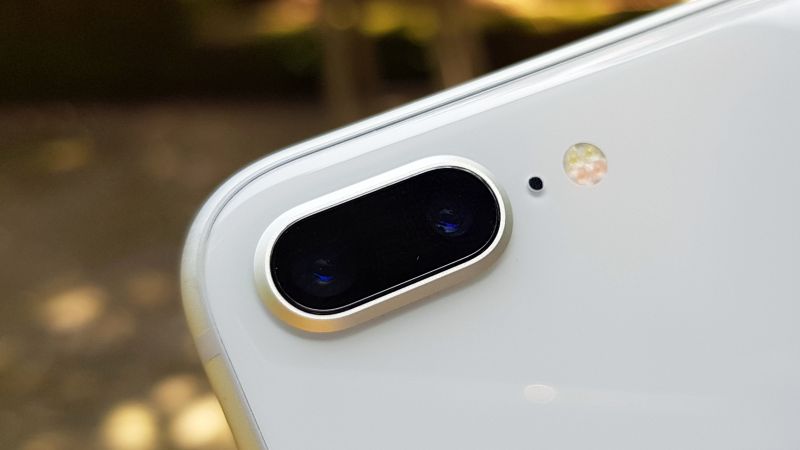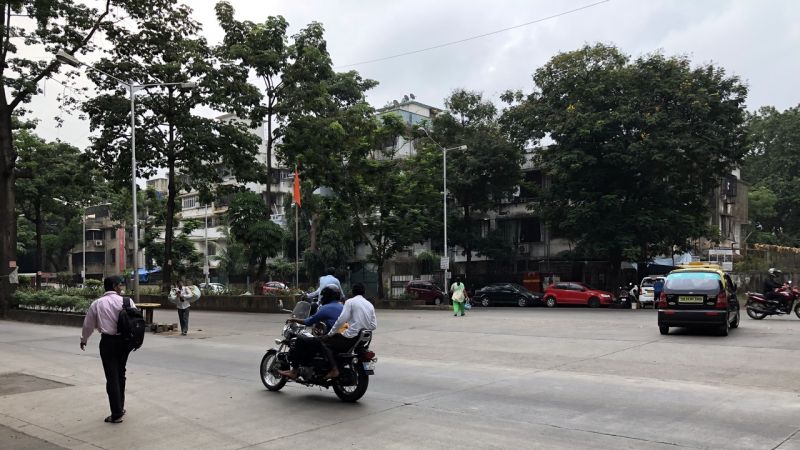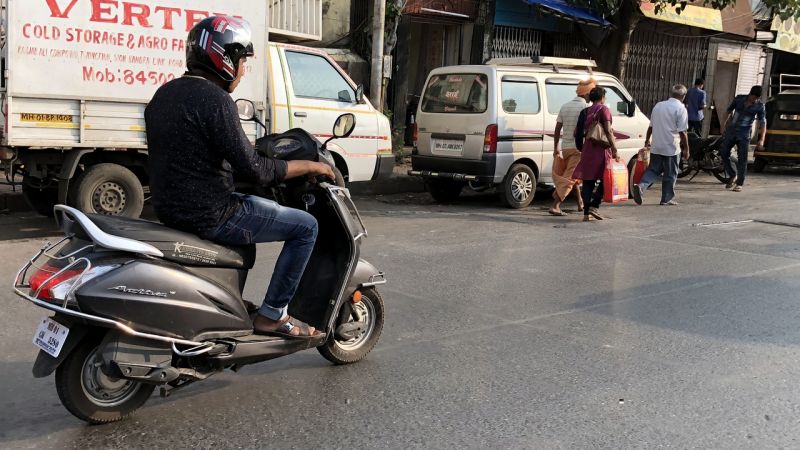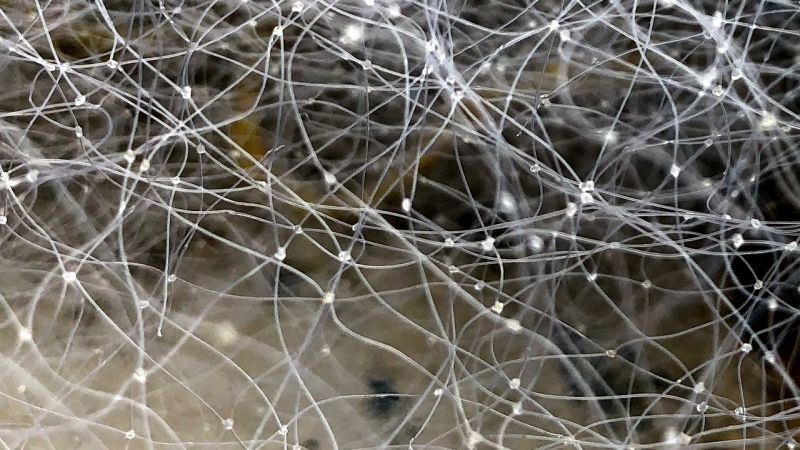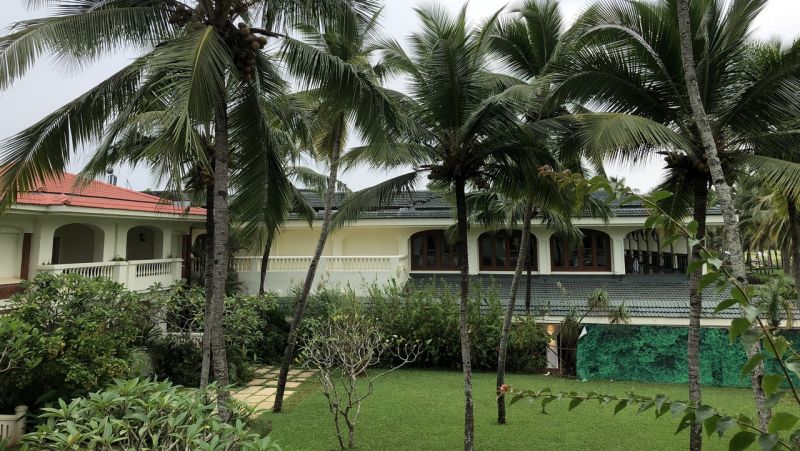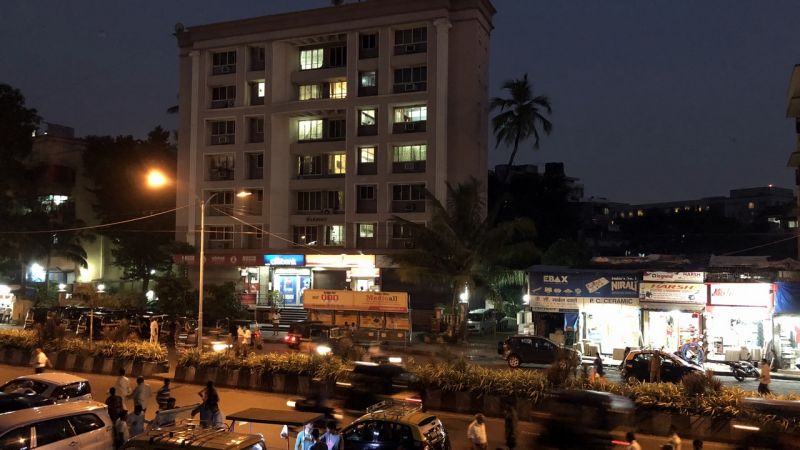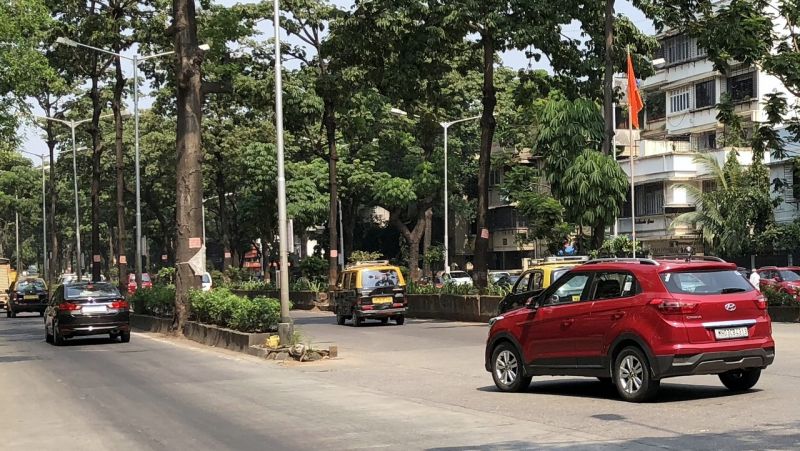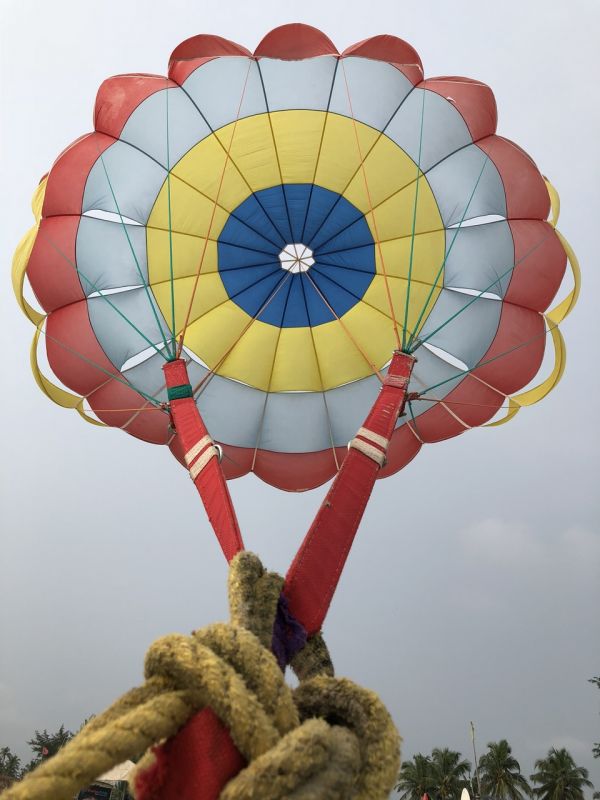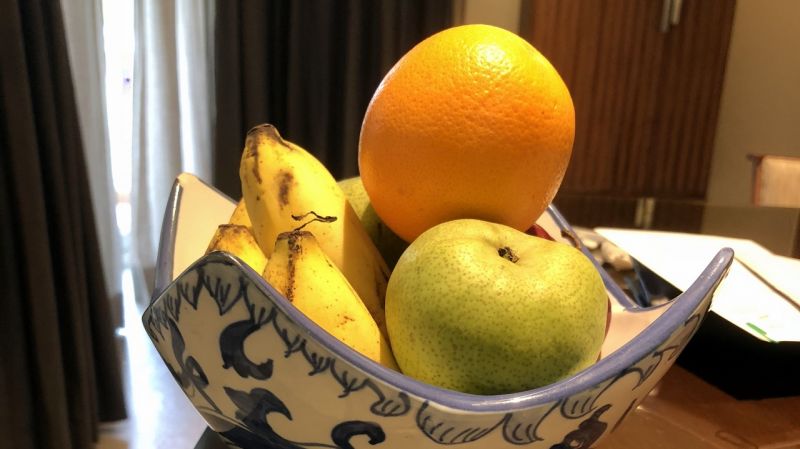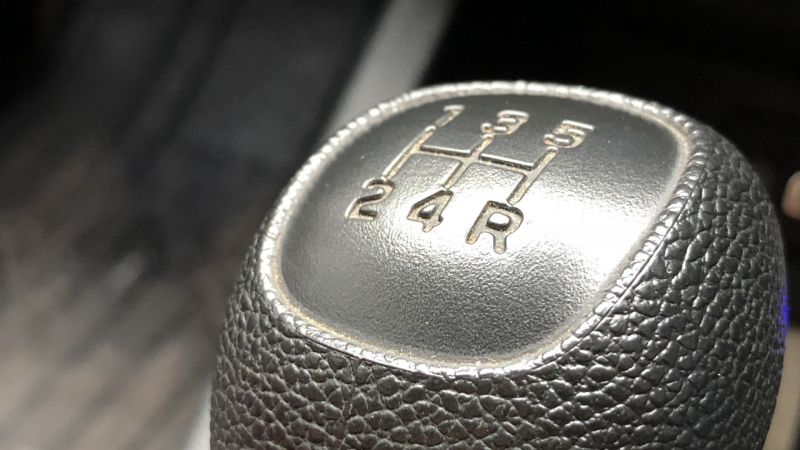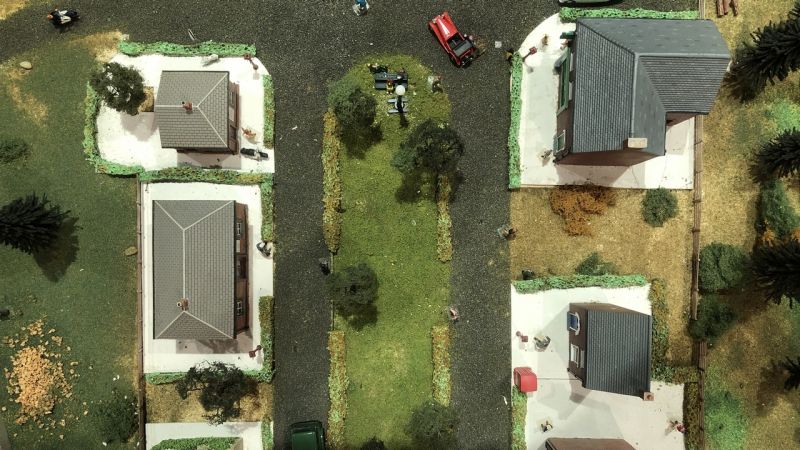Apple iPhone 8, 8 Plus review: Embracing a massive overhaul, with grace
The 8 series gets a massive overhaul under the hood with a powerful and more intelligent engine.
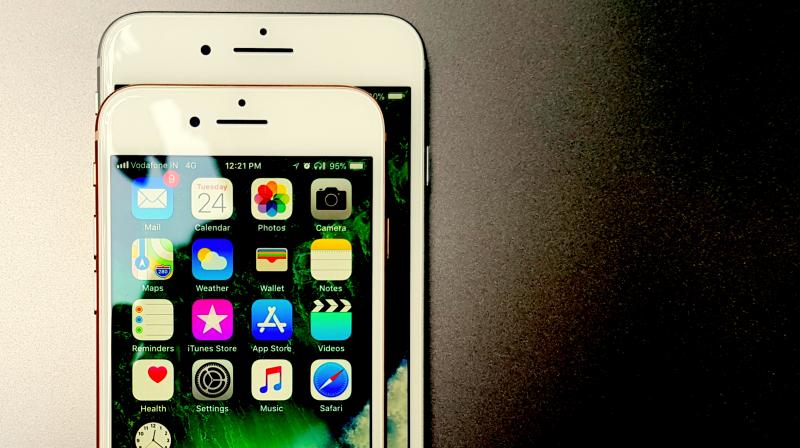
‘Apple iPhone’. The one word that raises eyebrows when someone asks you which phone you use. Well, it’s not only the style factor; it’s more of a ‘WOW! He is rich’ attitude. While that isn’t true for most, there are some who buy it simply because of a big brand name or to show off their wealth, others buy it as a status symbol in the society. If you are caught with an iPhone, you are labelled affluent. However, switch to the techie’s world and things look different. A techie understands the need of the hour and requires something that works for him rather than a showoff piece. And that’s when an iPhone gains importance to the user. It is fluid, fast, secure and superior. In short – it works. Unlike an Android which is vulnerable, less secure, and tends to get sluggish in time. Though expensive, an iPhone is definitely what a techie would recommend, provided you have the moolah! Yes, these little babies are very expensive and not easily owned by those seeking a budget handset.
In time, the Apple iPhone has evolved into a better phone. Unlike an Android which has gone from 512MB of RAM to a whopping 8GB in a few flagships, the iPhone’s iOS still manages to give Google’s Android a run for its money. Apple is presently on its model 8 series and we still see it performing with 50 per cent lower memory than Android phones. This year, Apple launched three iterations of the iPhone — two in the 8 series and one which is more of a concept, but available for users to buy. We have the Apple iPhone 8 and iPhone 8 Plus, and here is our take on the 2017 flagships.
The Apple iPhone 8 and 8 Plus actually disappointed us. We did expect Apple to give the 8 series a brand new look, but unfortunately found the same old iPhone 7 design and packaging with just a completely new internal overhaul. Yes, the iPhone 8 and iPhone 8 Plus are no different in design as compared to the iPhone 7 and iPhone 7 Plus. They are identical to each other in terms of design, shape, and size, except for one little subtle change, the glass rear panel. The reason for glass showing up? Yes — integration of wireless charging, since metal rear panels cannot be used between the induction coils of a wireless charging circuitry. This glass has also managed to help Apple do away with the ugly antenna bands that used to mark their visibility on previous iPhones till date as they can now fearlessly work behind the scenes (glass). The glass also now allows for a better grip and a warmer feel as opposed to the metal that featured on older devices that are prone to slip.
The glass panel on the rear is a welcome change since it looks elegant and scratch proof too. Rest of the entire design is identical to the 2016 siblings — buttons, speakers, Lightning port, etc take the same place. Keeping the same design may have given Apple sufficient time to spend on the hardware and features by saving time on a new design. So what are the new design changes that seem almost invisible? Let’s check it out.
Apple says that the new iPhone 8 models receive a new frame — an aerospace-grade 7000 Series aluminium steel substructure for a more rugged reinforcement, and available in three colours — space gray, silver and gold. This frame is sandwiched between a strong rear glass and the display; sealed to protect it from water and dust. So you don’t have to worry if you are caught in the rain or accidentally dropped your iPhone in the sink — they are well protected.
The front and rear glasses are custom designed with a 50-per cent deeper strengthening layer, and an oleophobic coating for easy cleaning of fingerprints and smudges. The rear glass has a seven-layer process to allow a unique hue, opacity and a rich depth of colour. This glass now helps Apple to introduce wireless charging, a feature being awaited by fans for more than two years. iPhone 8 works with Qi chargers, and presently Mophie and Belkin are the only two authorized and compatible Qi chargers for Apple iPhones.
However, fans are a bit disappointed as they have a similar looking smartphone which looks like an iPhone 7 unless they come really close to notice the rear glass. In short — there’s only an internal difference between the iPhone 7/7 Plus and iPhone 8/8Plus — same body, new engine.
Speaking about internals, Apple has given the iPhone 8 series a massive overhaul from inside. To begin with, the display features a Retina HD panel with True Tone technology and 3D touch as usual. However, this display is now enhanced with better contrast, higher brightness and night mode options. Night mode switches to cut off the blue light that is harmful to human eyes, while True Tone uses the ambient light sensors to match the display with the current lighting conditions in the room. This makes the display highly readable and even crisper with better colours, reducing strain on the eyes. While the iPhone 8 features a 4.7-inch Retina display with 1334x750 pixels, the iPhone 8 Plus sports a larger 5.5-inch full HD 1920x1080 pixel Retinal panel. Sunlight visibility on the two smartphones in broad sunlight is fair and the ambient sensor comes into play to brighten and distinguishes the content easily. Touch sensitivity is as good as it was in earlier models and is still superior to its Android rivals.
Powering the iPhone from within is a beastly new A11 Bionic processor, designed by Apple. Touted as currently the most powerful and smartest chip ever on a smartphone, the A11 Bionic chip has six CPU cores featuring a whopping 4.3 billion transistors. While two performance cores are for main processing, which is 25 per cent faster than the predecessor A10 Fusion chip, the rest of the four cores are high-efficiency cores that are up to 70 per cent faster than the A10. Together, the six cores can work simultaneously to give you a boost in performance or coordinate to consume less power and save battery.
The A11 Bionic chip is engineered for efficiency. It intelligently manages the six cores to direct tasks for power and efficiency. So when you are using it for casual texting and browsing, you will use fewer processor cores and save more on power. And when you need gaming performance, all six cores work in tandem.
Both the iPhone 8s have a similar internal hardware, except for three differential factors between the two — the display, battery and the camera. The camera on the iPhone 8 is a single 12MP (f/1.8) sensor, while the 8 Plus sports two 12MP sensors, one is a wide-angle (f/1.8) and the other a telephoto (f/2.8) with an optical zoom of 2x. Both the models sport OIS, six-element lenses, quad-LED True Tone flash with slow sync, sapphire crystal lens cover and hybrid IR filters. Lastly, both the iPhone 8 and 8 Plus are available in two storage variants of 64GB and 256GB. We are still expecting Apple to implement external storage and dual SIM options, but they probably do have a valid reason for not going with the Android counterpart for these features. In order to make the internal storage sufficient enough for those who are camera friendly, Apple has introduced a new format for its photos and videos, which reduces the file size by almost 40-50 per cent, while still keeping the original quality. This helps reduce storage hogging on the device, on the cloud and also helps use less data for saving them on the cloud. The new format for video is HEVC, and photos are HEIF. The cameras can record 4K videos @ 24fps to 60fps, while full HD is possible with 30fps and 60fps. Slow motion videos support 1080p @ 120fps and 240fps. Since the iPhone 8 Plus has a dual camera setup, it can support portrait photos too, which can blur out the background to make the subject stand out in sharp focus.
The front FaceTime camera on the two phones are the same — a 7MP sensor with full HD 1080p recording, an f/2.2 aperture and auto-HDR, along with Retina Flash, AIS and BIS. Connectivity options offered are LTE (Bands 1, 2, 3, 4, 5, 7, 8, 12, 13, 17, 18, 19, 20, 25, 26, 28, 29, 30, 66, 34, 38, 39 and 40), UTMS, GSM, EDGE, Wi-Fi 802.11ac with MIMO, NFC, and Bluetooth v5.0. NFC is a new add-on and was made possible by the rear glass introduction. Bluetooth v5.0 can now be used for throwing audio to more than one Bluetooth device. Apple does not reveal the specifications of the memory (RAM) and battery on their devices. But a little online research claims that the RAM is 3GB, while the battery on the iPhone 8 is a 1821mAh, and the iPhone 8 Plus features a 2691mAh.
The speakers have also been enhanced, as opposed to the older iPhone 7 series. The iPhone 8 speakers are 25 per cent louder than the iPhone 7 and have a more dynamic stereo sound, also enhancing the bass.
Performance-wise, the iPhone 8 models will not disappoint you — at all. In fact, they are currently the fastest smartphone processors currently out there, as far as performance is concerned. You can throw in power-hungry 3D and AR games at the iPhones and they will smoothly play them with almost no efforts — thanks to the Bionic chip that helps manage the power and performance balance between the 6 processors.
Speaking of the A11 chip, the iPhone 8 models have this processor which is also specially catering to AI and AR. While the recent Tango-enabled smartphone by ASUS needs three different cameras in tandem to perform AR-heavy tasks, the iPhone does this with a difference — it uses its single camera (or dual in the iPhone 8 Plus) to sense depth. Thanks to the introduction of ARKit, a new augmented reality module within iOS 11 that harnesses the performance of the A11 Bionic chip, AR games, and apps work like butter. Although this is a baby step for Apple, progress seems fast and we shall see more AR-enabled apps and games for the iOS platform.
iOS 11 is designed to power the A11 chipset and the iPhone 8 and 8 Plus are capable of its full potential. iOS 11 now taps new features from the iPhone 8 models. For starters, Apple Pay now can be used with the new NFC chip. Photos are now effectively tweaked to reduce the space occupied by the camera data. The new portrait mode for the iPhone Plus brings in DLSR-like features and picture quality. A new Files app provides a central location to browse, search and organize your files on your device. The Home app can control your IoT devices at home or office. AirPlay 2 can now stream multi-room audio. A new control center makes using the iPhone settings and features even simpler. There’s a lot more to iOS than we can talk here. Presently, iOS is under version 11.0.3 when we are testing the unit, so we are witnessing a few buggy interfaces and freezing on certain apps, which Apple is constantly working on to release a bug fix. But these are marginal issues.
Now let’s get down to the camera. This smartphone rocks the smartphone photography world with its little eyes and was the best smartphone camera out there until the Pixel 2 showed up. Nevertheless, the camera’s performance is stunning and the iPhone 8 Plus aces the two device in the photography mode. You can take your photo and video shoots to a whole new level with the iPhone 8 Plus — thanks to the two cameras on the back — one wide angle and one telephoto. Combined with the power of the A11 Bionic chip, advanced photographic techniques are made easy and automatic so that you as a user are wasting less time post-processing and more time shooting your subjects. While most of the features here are basically similar to the older iPhones, the new feature, which is currently in beta mode, is the Portrait Lighting. It is an extensive research into the art and science of portraiture. The new feature on the (iPhone 8 Plus only) uses the new ISP and the two cameras to create stunning portrait shots with DPoF enables and spotlight effects. You can click your subject against a background and convert the same into a studio, contour, stage light and stage light mono modes directly on the phone itself and within seconds. You don’t need to head to your post processing software to do any of this. Post the shot, you can also edit the same on your phone since the image is stored by default in normal mode that allows you to tweak it again. The portrait mode is the main feature that distinguishes the iPhone 8 from the iPhone 8 plus. Initially, you need to practice with your subject and background to get the perfect effect. However, since it is still in beta mode, you are bound to head into rough waters initially. But soon, you shall progress.
The cameras on the two iPhones have 12MP sensors. They are fast and have a better performance over the previous generation. Thanks to an inbuilt ISP that now manages to make your photos look and be better without you having to make any efforts. Trust us, you would barely run into useless and blurred photos unless you have really shaky hands. As for the camera’s quality, DXOMark recently pronounced the iPhone 8 at 92 points, the iPhone 8 Plus at 94 points and the Samsung Galaxy Note 8 at 94 points, putting the two flagships from Apple and Samsung on the best smartphone camera list. However, with the launch of the Pixel 2 and Huawei Mate 10 Pro, DXOMark has a new topper with Pixel on top and Huawei on the second position, pushing the Samsung and Apple lower down to number 3. We await the iPhone X to check out the performance of its camera and hope it can rub shoulders with the rivals.
So if you have to compare the Samsung Note 8 photos and the iPhone 8 Plus photos, they would be equally confusing. While there is a marginal difference between the two, it would be difficult to point a flaw or gain between the outputs of either camera. The differences are subtle.
The iPhone 8 handles colours well. Photos churn out almost true-to-life. The cameras are switched to HDR mode by default which helps enhance the images with great colours, sharpness and luminance. Lowlight photos are not bad either. While most cameras pick up noise in lower light conditions, Apple does it a tad better. Using the synchro-flash, you can enhance low light images to get better photos, but it only works on short distance subjects. We won’t speak much about the performance and let you do the judgment. Below are a few too many photos clicked using the iPhone 8 and iPhone 8 Plus. Since the performance is almost at par, there’s hardly a difference in the image quality, except for when Portrait Studio mode was used.
Check out the sample photos from the two iPhones. Images are cropped and scaled down. To see the entire resolution and original images, click on the photo for the actual size. Note that due to technical reasons, you may not be able to view the original picture quality on mobile browsers. We recommend you to switch to Google Chrome or Opera Browser on Windows or Mac computers for viewing them in actual quality.
Battery life is impressive. Our major concern came up when we found out the actual battery rating, which is far lower than those offered on Android smartphones today. However, the truth to the battery life lies in the processor’s optimization and the UI features. Here, Apple’s A11 chip and the iOS work in tandem to maximize performance with least power consumption to help obtain a maximum battery life. In our use with the iPhone 8 and iPhone 8 plus as daily drivers, we managed to easily get a few more hours over a working day before we had to desperately hunt for the charger. And mind you, we get a few too many calls, tons of emails, apart from our social activities, internet browsing, YouTube research and definitely some time with casual photography. So if you are a low-to-moderate user, you should be able to squeeze a few more hours from it. On an average, you should expect anywhere between 12 – 14 hours, if not more.
To wrap up the whole experience, we would say that the iPhone 8 was not much of an excitement at first look — thanks to the retained iPhone 7 design. Its actual power is known only after a few hours of initial usage. What makes the iPhone 8 and 8 Plus better over its older siblings is the new A11 Bionic performance chip, camera performance, wireless charging, NFC and a glass rear panel. So if you are planning on buying the new iPhone 8 and are reluctant because of the similar iPhone 6/7-like design, we would say 'you won't regret it.'
The iPhone 8 Plus is available in two variants in India, with prices starting at Rs 73,000 for the 64GB variant and going up to Rs 86,000 for the 256GB variant. The smaller iPhone 8 is priced at Rs 64,000 for the 64GB variant and Rs 77,000 for the 256GB variant.

